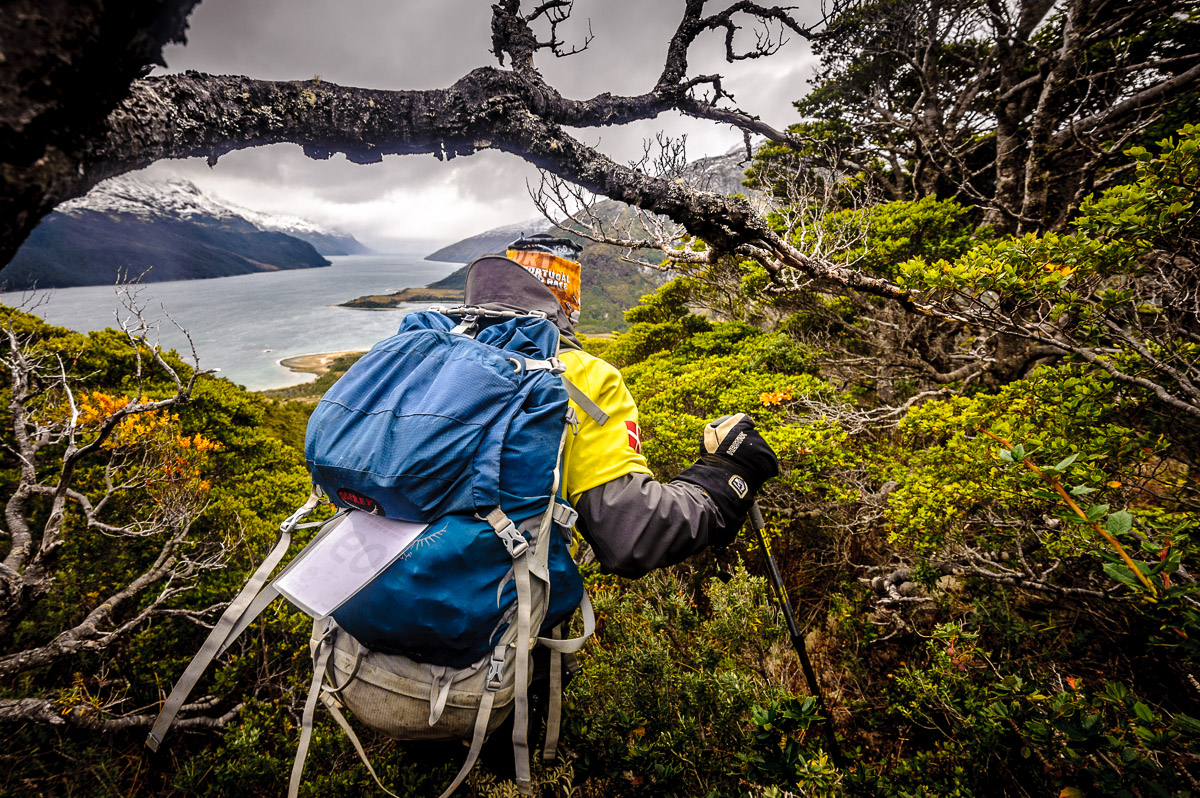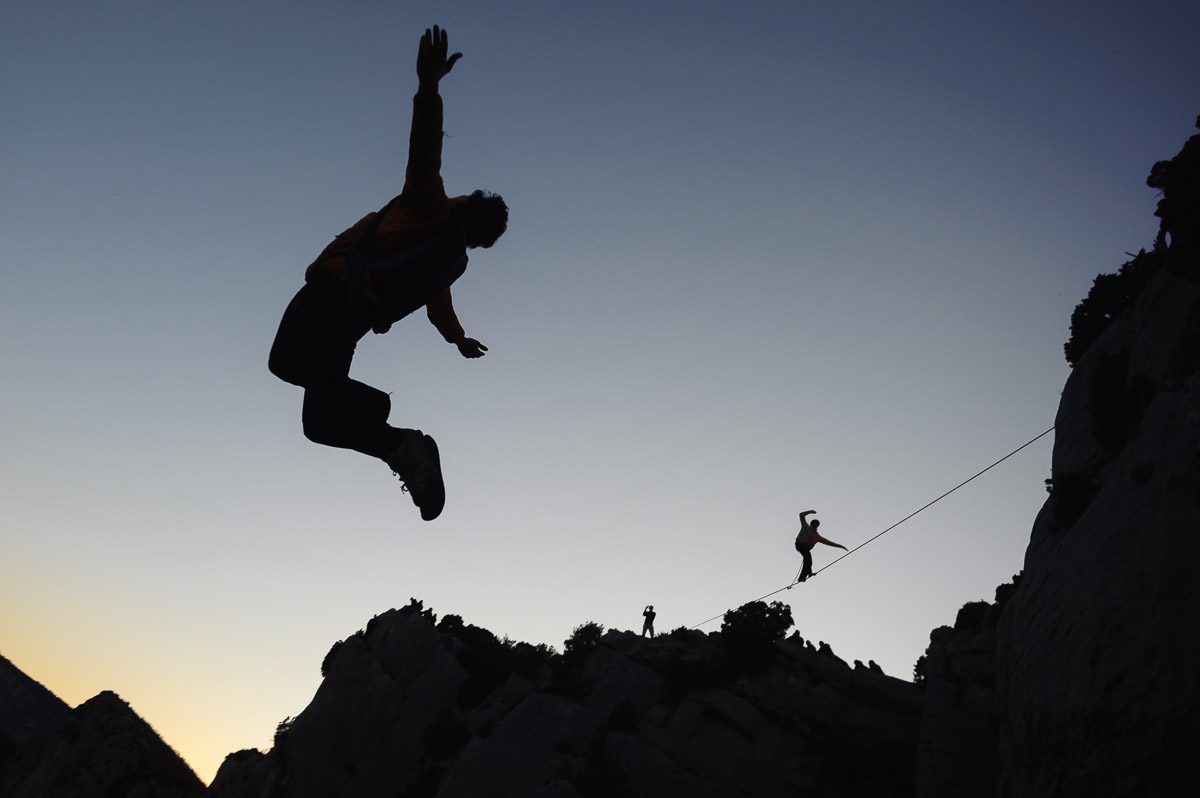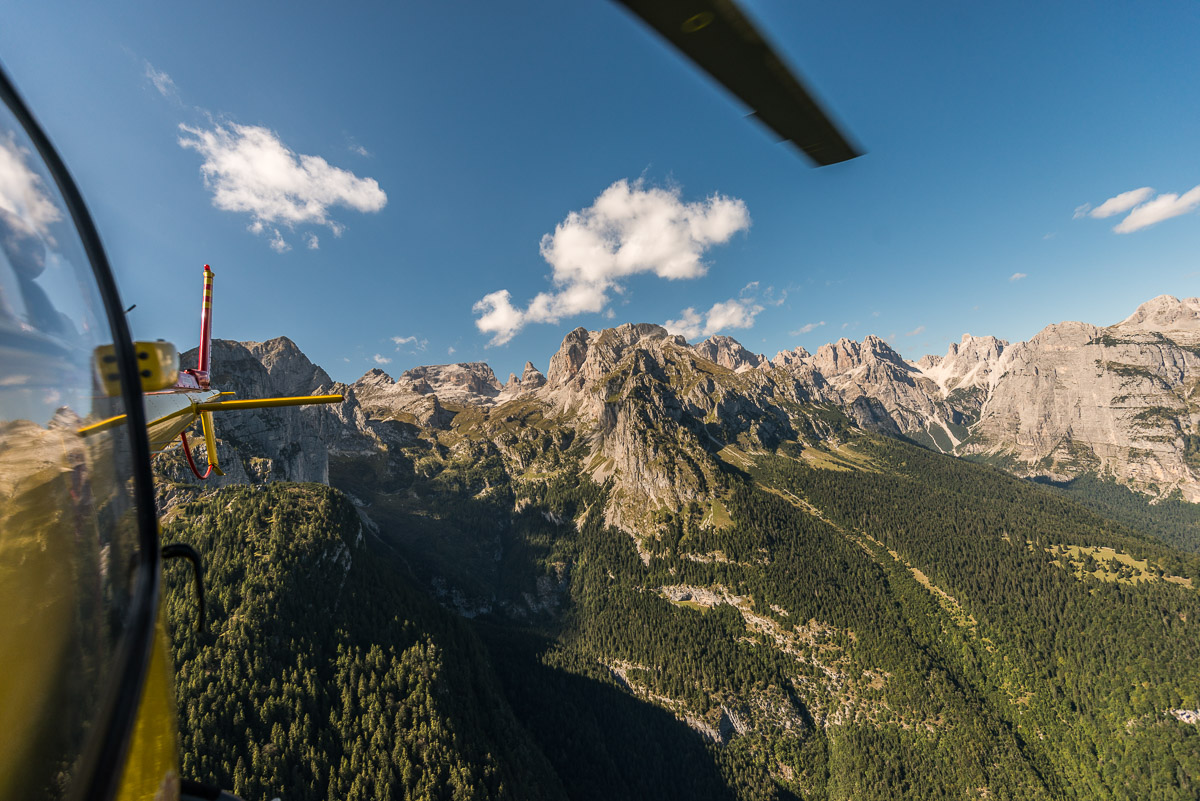Kallemanvika Sep 21, 2023
Intro to Photography Class
Better known as Reddit Photoclass
26 – Composition Basics
We are now entering the last part of this course. We have covered the basic elements of the technical side of photography. Much more important, though, is the creative side – having something to say and expressing it through an image. This will be the subject of our last four lessons.
Entire treaties have been written on the surprisingly complex subject of how to arrange elements inside the frame. Studying them can prove useful, especially for the more analytically minded among us, while others might simply prefer to observe the works of the masters of photography or painting.
Here are some of the most common “rules” of composition:
- The rule of thirds affirms that putting the subjects slightly off the centre will make the image more dynamic. Some argue that better results can be achieved when using the golden ratio (1.618), rather than 1/3, but the jury is still out.
- Judicious use of colour and light directs attention toward the subject. Contrasting colours attracts the eye. So do bright areas, which explains why a common processing trick is to add extra vignetting (darkening of the edges), to direct the viewer to the centre of the frame.
- Strong shapes, especially triangles and diagonal lines, look dynamic and direct the eye. Positioning the subject at the intersection of strength lines is a powerful method of attracting attention to it. Using natural frames (tree branches, arches, etc) also works well.
- The edges of an image are a sensitive area, and there shouldn’t be anything too prominent there, lest the eye be tempted to wander off. Cut-off objects are also to be avoided.
- Out of focus backgrounds are important. They should contribute to the story but not steal the show. The focus should point to the important parts of the image.
- Whenever a subject is moving or looking in a direction, there should be plenty of space in the image to allow the viewer to participate. For instance, if a hiker is walking toward the right, he should positioned close to the left edge.
- The simpler the composition, the stronger the image. Complexity is distracting. An ideal image has all the elements needed to understand the story and nothing more. To quote Thoreau: “Simplify, simplify!”.
This list is pretty standard. You will find some version of it in half of the photography books you can pick up at the library. Its usefulness should not be overestimated, though. While it can be used as a checklist and will occasionally help you make a decision, it can’t be a recipe for good composition, and exceptions tend to be almost as numerous as good examples. They are not really rules, and could better be described as “properties shared more often than not by images generally judged as good” (though something has to be said for brevity…).
More importantly, through experience, shooting thousands of images and seeing thousands more, both good and bad, you will develop instincts of what, to you, constitutes a good image. Rarely does a photographer consciously think “I should position my subject at the intersection of those strength lines”, he will just know to do it and maybe, afterwards, realize that his image works because of it. In this sense, the list given higher may be more useful to the art critic than to the photographer, though to the beginner who hasn’t yet seen and shot enough to have gained this instinctive knowledge, it can be an adequate replacement.
Disclaimer: Today’s lesson is adapted from a chapter of my book, Remote Exposure.
4 Comments
-
-
ybj8ve
-
xg3p02
-
lvrhsr



Ok